- SPORT:
- Tennis
- BORN: 09.26.1981
- Saginaw, MI
With four Olympic gold medals and 23 Grand Slam singles titles, Serena Williams stands among the most iconic athletes in sports history.
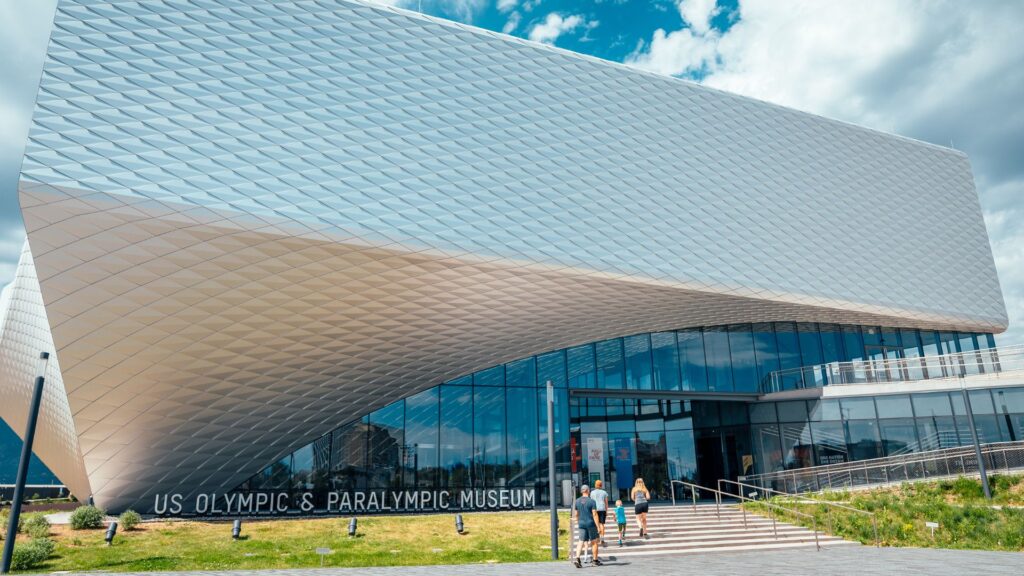
Nestled in Colorado Springs, Colorado, the U.S. Olympic & Paralympic Museum celebrates the legacy of Team USA athletes and the values that define the Olympic and Paralympic movements. Moving through a narrative arc, guests follow the journey of Team USA athletes and key moments from the Olympics and Paralympics.
Throughout your experience, the Olympic and Paralympic values will be on full display in a variety of ways. Keep an eye out for how the Museum has demonstrated each value.
Be sure to share how they have impacted your visit on social media! Don’t forget to tag us @usopmuseum!
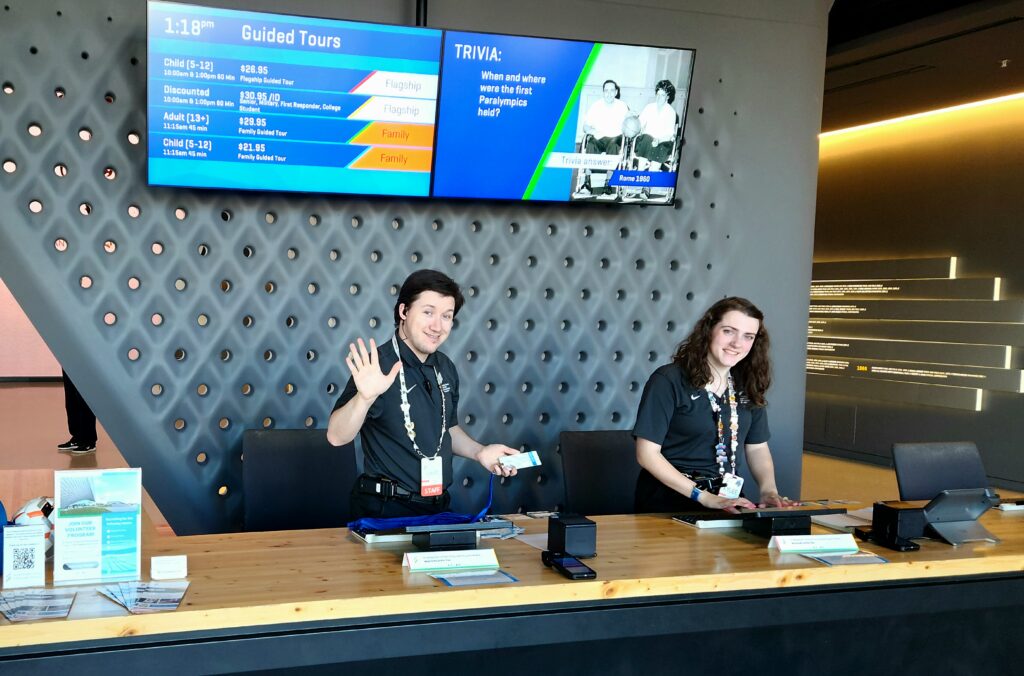
The Olympic value of respect is demonstrated upon entry with a warm welcome from our Guest Experience team! From complementary coat checks to storytelling about the Olympic records immortalized by the Museum’s architecture, our Guest Experience team is committed to enhancing your visit. We don’t just show respect to athletes and their artifacts; we take pride in showing respect to every guest and each other as well!

This Museums’ universal design demonstrates the Paralympic value of equality. All aspects of the Museum are wheelchair accessible. Videos come with ASL translations and closed captions. Did we mention we are Kulture City certified? All are welcome to attend and celebrate the spirit of the Games with us!
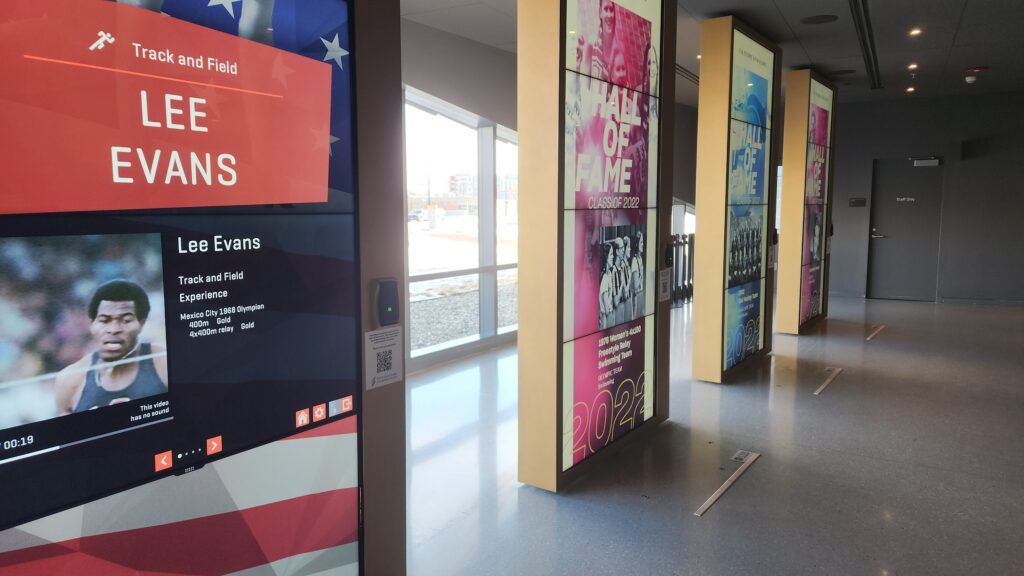
The first exhibit to experience is the U.S. Olympic & Paralympic Hall of Fame! The determination held by each of these Hall of Famers is what cemented their place in Olympic and Paralympic history. Witness the power of the Paralympic value of determination in the eyes of Jean Driscoll as she flies down the track or feel the determination in every swing from Muhammed Ali during the Rome 1960 Games.
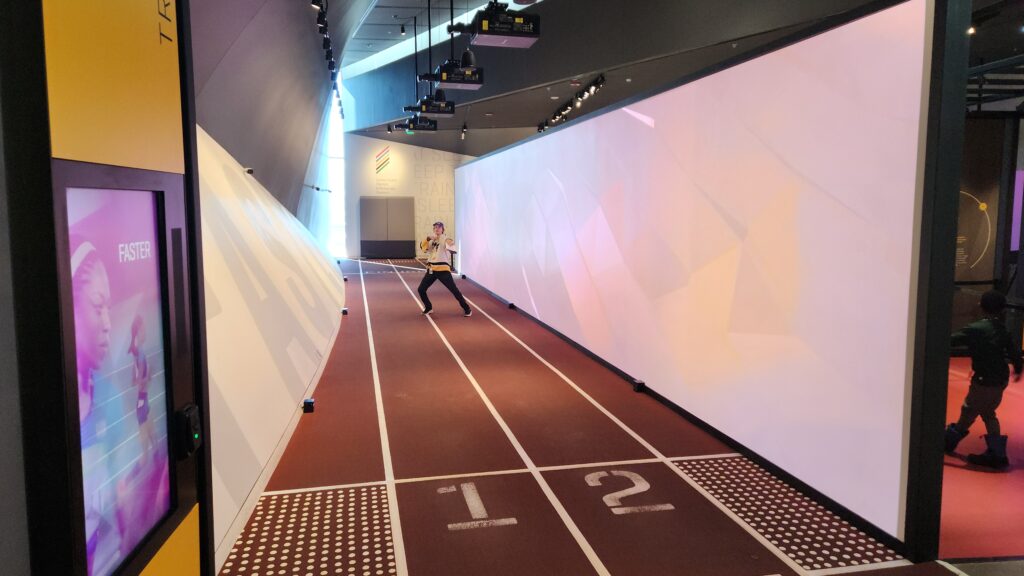
The Paralympic value of courage is interlaced with every interactive the Museum has to offer. Whether it’s competing internationally at the highest level, or to just challenging yourself in day-to-day life, courage is courage! Race Jesse Owens on our track or try our Goalball simulation with Matt Simpson. Explore your courage with us and take part!

No athlete would be who they are without inspiration. Our tour guides are filled with knowledge about the Olympics and Paralympics alike. But it isn’t just knowledge that brings their tours to life. It’s the inspiration each of their stories carry. Don’t believe us? Here are some testimonials.
“We did the premium VIP tour with James and had a wonderful time! We were able to hold the Paris torch and the Tokyo bronze medal, very cool! James was very informative and answered all of our questions enthusiastically. A visit here is definitely worth it!” — Nancy B, TripAdvisor December 2024
“It’s definitely worth going with a tour guide. They are very knowledgeable and add a personal touch to the tour.We totally enjoyed the Olympic experience and our tour guide made the trip more enjoyable. The museum does a great job highlighting the Olympic experience and our great Olympians.” — zimkin, TripAdvisor October 2024
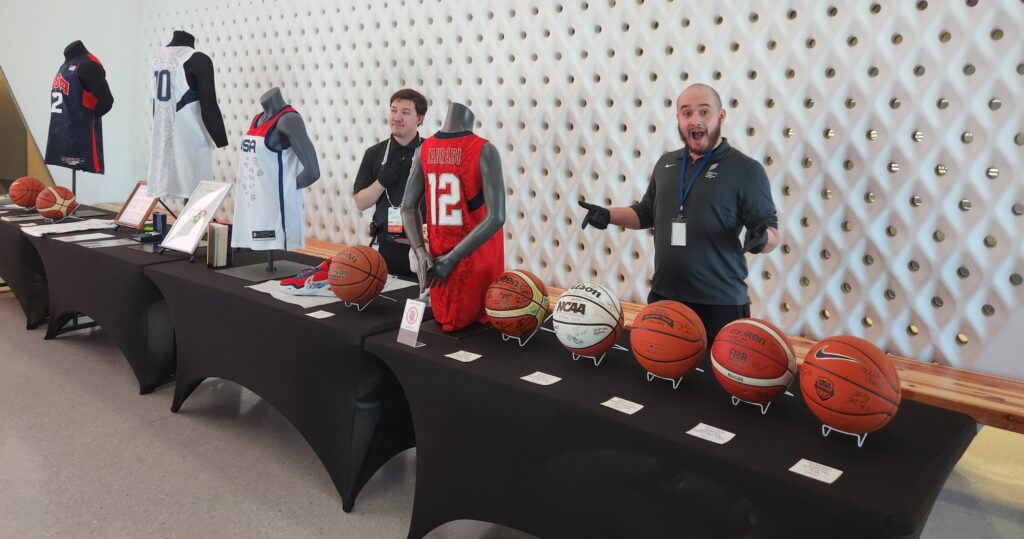
Friendship is at the heart of the Olympic Movement. This Museum enhances your visit by providing a relationship that lasts. Consider getting a membership to experience exclusive events, discounts in Flame Café and Museum Shop, and develop a deeper connection with us!
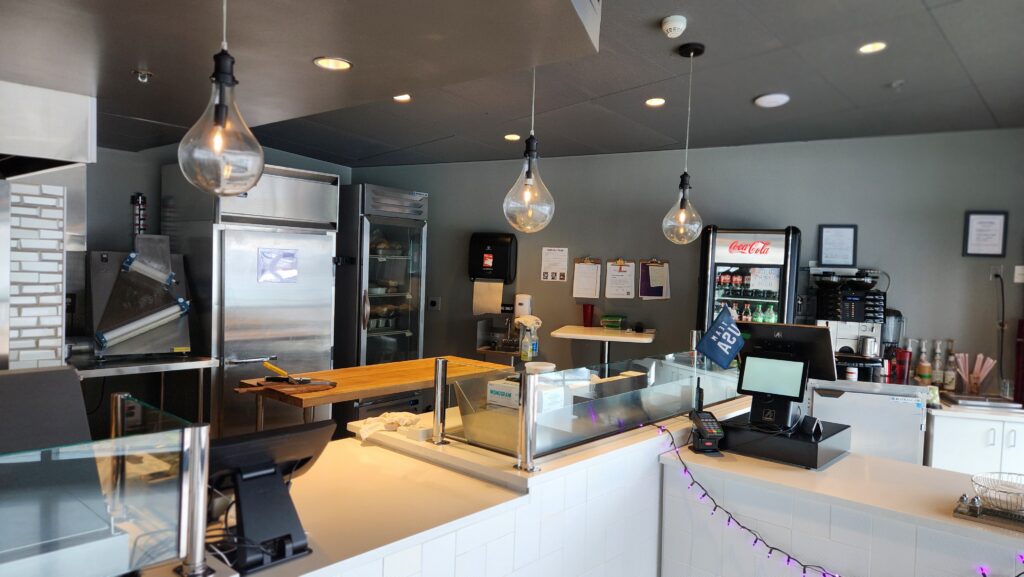
“The important thing in the Olympic Games is not to win, but to take part; the important thing in Life is not triumph, but the struggle; the essential thing is not to have conquered but to have fought well.”
— Pierre de Coubertin
A good meal is the perfect place to start! The Flame Café offers rotating specials that deliver on the Olympic value of excellence. Don’t just take part – take a bite!

U.S. Olympic & Paralympic Museum offers parking in the adjacent Park Union District lot for $7.50 per-day. Metered parking is also available on Sierra Madre and Vermijo.
Subscribe now to keep up to date on Museum news and events!
Olympic Marks are used under license from the U.S. Olympic & Paralympic Committee. 36 U.S.C. 220506
Website development supported in part by a grant from the Colorado Tourism Office.